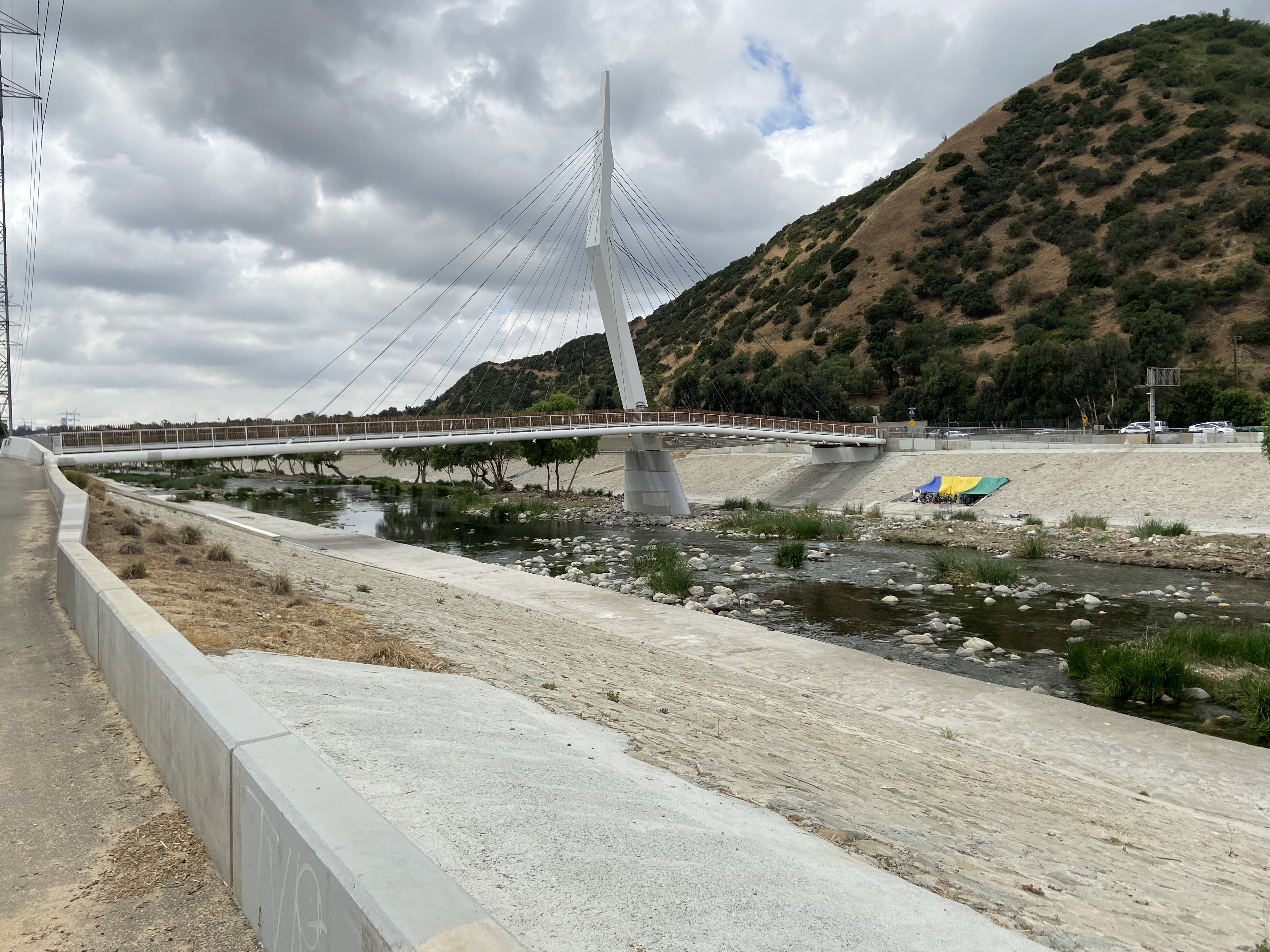California Gov. Gavin Newsom unveiled a sweeping new water strategy for the state that calls for more than $8 billion in state investments to shore up the dwindling resource. According to the document, the state faces the loss of 10% of its water supply by 2040.
The plan outlines a strategy to capture, recycle, desalinate and conserve more water over the next two decades to provide enough supply for nearly 8.4 million households.
“The best science tells us that we need to act now to adapt to California’s water future. Climate change means drought won’t just stick around for two years at a time like it historically has—extreme weather is a permanent fixture here in the American West and California will adapt to this new reality,” Newsom said.
The plan does not mandate water conservation statewide. Currently water districts have been allowed to call for restrictions as deemed necessary due to drought conditions.
The plan comes as California and six other states in the Colorado River Basin water supply system face an Aug. 16 deadline to alert the federal Bureau of Reclamation as to how they plan to reduce use to save 2 million to 4 million acre-ft of water next year. The directive was given in June by BuRec Commissioner Camille Touton as the agency prepares to announce 24-month projections for water levels in Lakes Powell and Mead.
The California Plan
A key component of the California plan is expansion of state water storage capacity by up to 4 million acre-ft, aiming to recycle and reuse 800,000 acre-ft of water annually by 2030 and improve water conservation to free up 500,000 acre-ft of water. To accomplish that, the state would need to facilitate a host of pending infrastructure projects including desalination plants, reservoirs and groundwater-recharge facilities.
“We appreciate the administration’s support for new supplies and infrastructure,” said Adel Hagekhalil, general manager of the Metropolitan Water District of Southern California in a statement. “We will be working hand in hand with the Governor’s office and the water agencies across the state, the southwest and Metropolitan’s service area to develop new supplies and infrastructure that will provide resilience to protect our health, economy and environment with no one left behind.”
California's new Water Supply Strategy largely echoes the state’s master water plan released two years ago. In addition to infrastructure investment, it includes measures to conserve water resources while modernizing how the state manages water through new technology. According to officials, the new plan will accelerate implementation of these initiatives to meet the state’s growing water crisis.
Newsom’s plan calls on the state legislature to streamline the planning and permitting process for water projects so they can be built more quickly. Currently, the complex nature of the state’s water rights system and environmental regulations challenges efforts to develop better water infrastructure.
In 2014, California voters approved $2.7 billion in investments for water storage projects, with seven projects that would provide 2.77 million acre-ft of gross storage capacity now under development. Four involve groundwater storage and three involve creation of a new or expanded reservoir. Two projects are set to begin construction next year but the rest remain in the permitting process.
The water supply strategy would help prioritize more than $8 billion in state funding meant to modernize water infrastructure and management.
A $5.2 billion investment in California water systems enacted in the state's 2021-2022 budget has enabled emergency drought response, improved water conservation and financed local drought resilience projects.
The state’s 2022-2023 budget includes an additional $2.8 billion for drought mitigation over the next three years.
Newsom called for administering $100 million of those funds to accelerate safety repairs on dozens of dams in the state that operate at limited capacity due to their poor condition. His plan calls for investing $10 billion in water recycling projects alone by 2030 and $27 billion to achieve the 2040 goal of recycling an additional 1.8 million acre-ft of water.
Officials at the Association of California Water Agencies said the group supported the plan’s development of new water supplies through increased recycled water, desalination, above- and below-ground storage capacity and groundwater replenishment.
“As California continues to experience longer and drier periods due to climate change, local and regional water managers know that state investment in water infrastructure is critical to securing water supplies for people, the food supply, the economy and the environment,” said Cindy Tuck, the group's deputy executive director for government relations.





Post a comment to this article
Report Abusive Comment